
Vedic Benefits of Gau Mata: An Extensive Exploration
Vedic Benefits of Gau Mata
The cow, or Gau Mata, has special meaning in the Vedic traditions, which also attribute to her many practical, ecological, and spiritual virtues. Respected as a sacred representation of life, the cow's significance goes well beyond its appearance and includes social harmony, ecological balance, and spiritual enlightenment. Here's a closer look at Gau Mata's many advantages as described in the Vedas:

1. Spiritual and Religious Significance: A Divine Connection
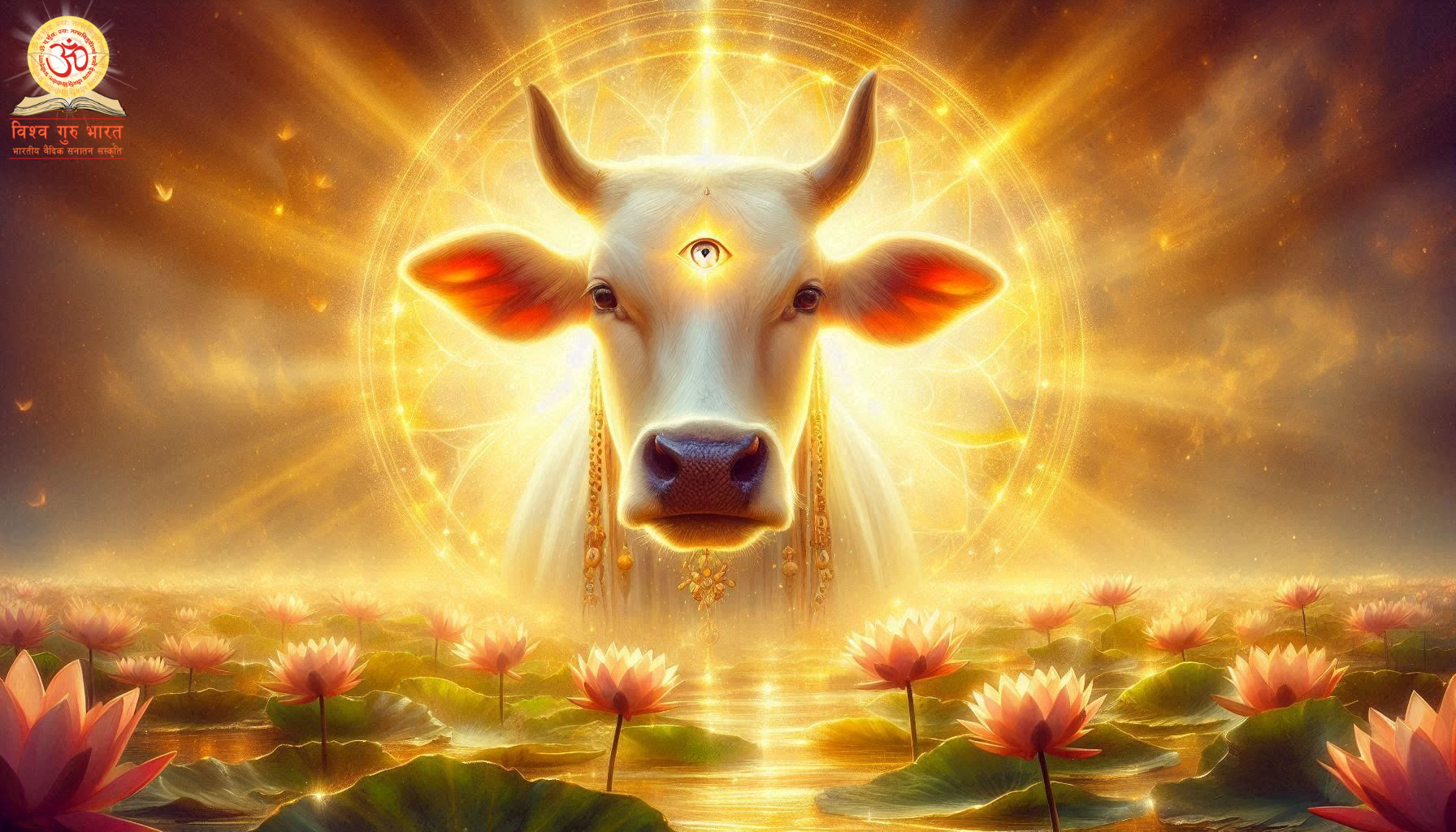
- Sacred Embodiment: Hinduism holds that the cow is a divine being that transcends its physical form. She is the embodiment of altruistic motherhood, non-violence (ahimsa), and Mother Earth herself, giving life and nutrition.
- Pathway to Purity: Worshipping Gau Mata is a transforming path towards spiritual purification as well as an act of devotion. It is thought to purify the mind and soul, promoting inner tranquilly and bringing one's self into harmony with the cosmos.
- Divine Energy Conduit: The cow is closely associated with many deities and acts as a medium for divine energy. This relationship is personified by the heavenly cowherd, Lord Krishna. Due to this association, Gau Mata is endowed with a mystical aura that bestows tranquilly, prosperity, and spiritual advancement upon her devotees.
- Kamadhenu - The Wish-Fulfilling Cow: According to Vedic literature, there is a heavenly cow named Kamadhenu who can grant desires. This legendary figure highlights how highly regarded cows are for their ability to bring plenty and favours.
- Symbol of Dharma: The cow is a symbol for the Dharma's tenets, which include duty, righteousness, and cosmic order. It is believed that protecting and taking care of cows demonstrates adherence to these values and a moral existence.
2. Ecological Benefits: Guardians of the Earth
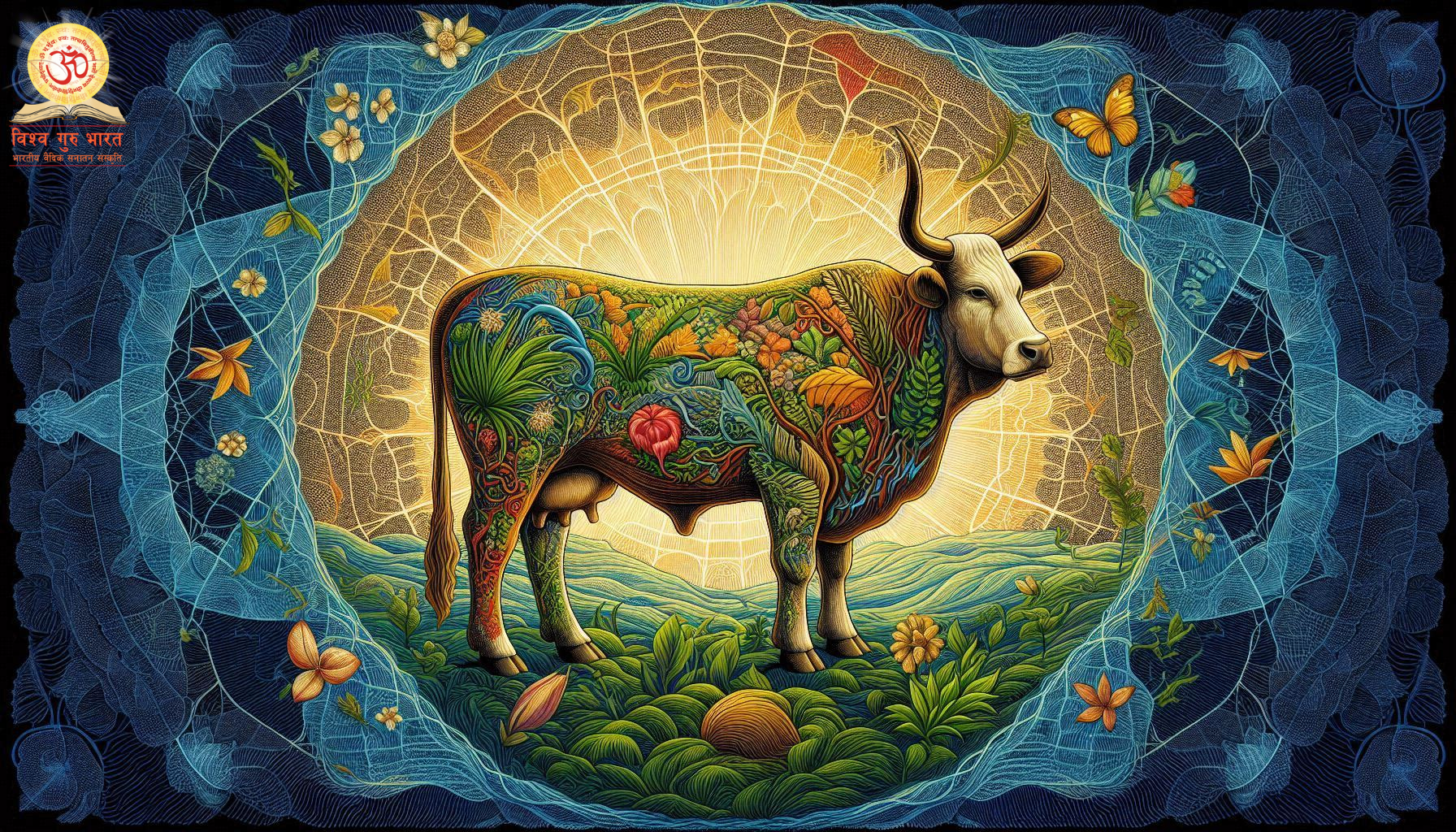
- Nature's Alchemists: Cows are the alchemists of nature, they can turn ordinary grass into powerful fertiliser. Rich in essential nutrients, cow dung improves soil fertility, encourages healthy plant growth, and lessens dependency on hazardous chemical substitutes, all of which contribute to the development of a sustainable and harmonious ecosystem.
- Panchagavya - The Fivefold Elixir: The five cow-derived products—milk, curd, ghee, pee, and dung—combine to create the powerful Panchagavya, which is utilised in traditional medicine and Vedic rites. The holistic advantages of cows are demonstrated by this elixir, which serves as a natural fertiliser, purifier, and healing agent.
- Biodiversity Champions: Native Indian cow breeds are renowned for their hardiness and environmental adaptation. Unlike the environmental strain brought on by the intensive farming of exotic breeds, their maintenance is essential to preserving biodiversity and ecological equilibrium.
- Natural Pest Control: With its powerful qualities, cow urine serves as an organic bug deterrent and pesticide, lowering the need for dangerous chemical treatments in agriculture and encouraging environmentally friendly farming methods.
- Carbon Sequestration: Climate change can be mitigated through the sequestration of carbon through the proper management of grazing fields and cow manure. Because grasslands absorb carbon dioxide, they are essential to the health of the ecosystem.
3. Health Benefits: Nourishment for Body and Soul
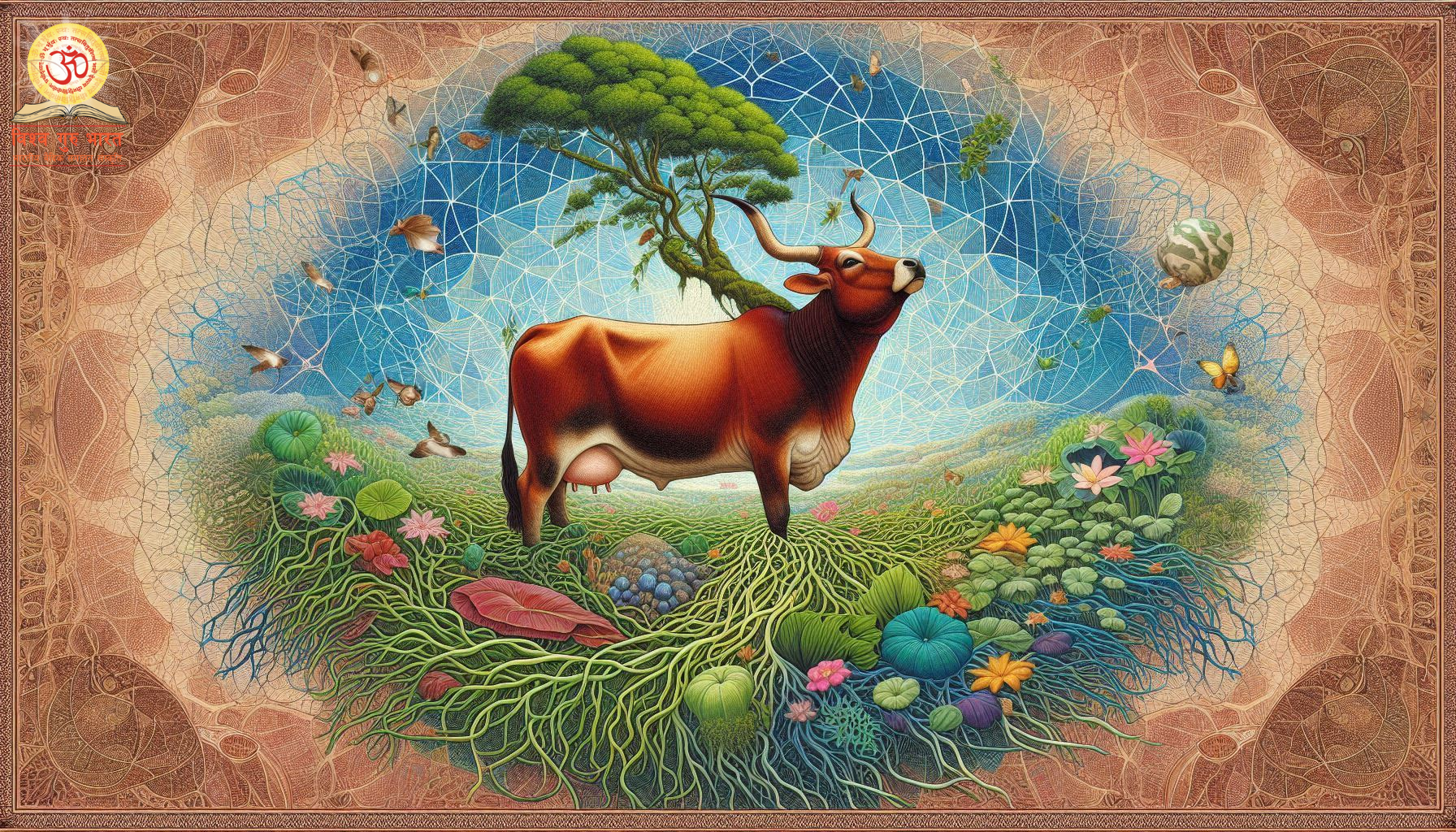
- A2 Milk - Nectar of Life: Milk from native Indian cow breeds contains the A2 beta-casein protein. A2 milk is simpler to digest and has been associated with several health advantages, including as better heart health, decreased inflammation, and better digestion than A1 milk, which is present in many foreign breeds.
- Ayurveda's Healing Touch: The traditional Indian medical system known as Ayurveda acknowledges the medicinal benefits of cow's milk products. The pure version of cow urine, known as gomutra, has strong antibacterial and therapeutic qualities and is used to treat a variety of illnesses. Clarified butter, or ghee, is prized for its culinary and therapeutic applications.
- Immunity Guardians: In Ayurveda, cow's milk, ghee, and curd are meals that strengthen the immune system. In keeping with the Ayurvedic concept of "food as medicine," they are thought to support vitality, preserve the body's natural balance, and improve general health.
- Mental Well-being: Research indicates that spending time with cows and drinking their milk might have a relaxing and stress-relieving impact. Better mental health may be facilitated by the pleasant disposition of cows and the high nutritious value of their milk.
- Rich Source of Nutrients: A rich supply of crucial nutrients, including calcium, protein, vitamins, and minerals, cow's milk is important for bone development, muscle growth, and general wellbeing.
4. Economic Benefits: Backbone of Rural Livelihoods
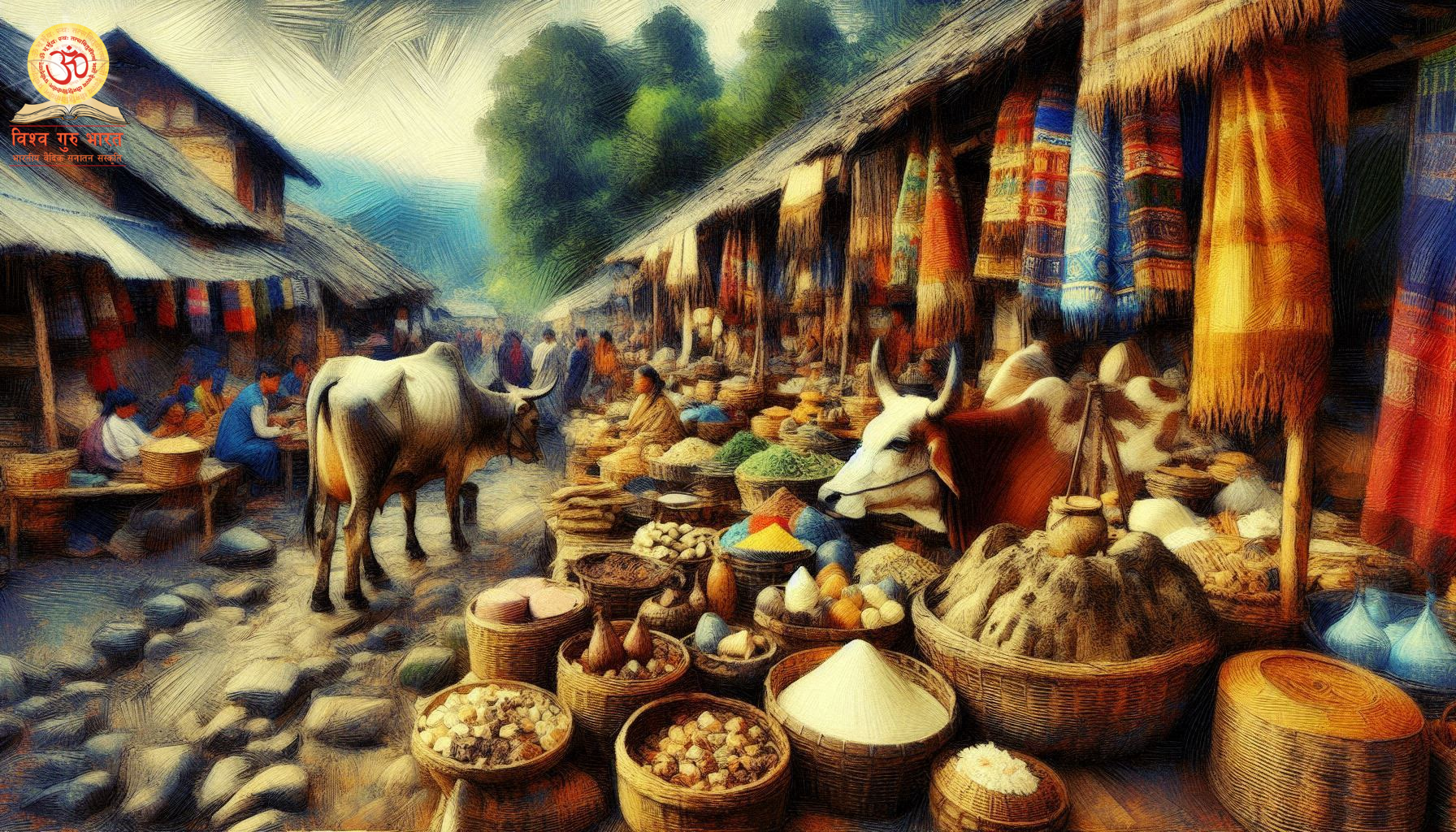
- Sustainable Livelihood Providers: The foundation of rural economies, cows give countless families a reliable source of income and a means of subsistence. Byproducts like as milk, manure used as fertiliser and firewood, and other products give rural populations a variety of sources of income.
- Biogas Revolution: The easily accessible resource cow manure is essential to the manufacture of biogas. By converting cow manure into clean, sustainable fuel, biogas plants help rural communities become more energy independent while also providing a green energy source and lowering their need on fossil fuels.
- Cottage Industries: A variety of cottage industries are fuelled by cow products. Gau Mata provides support for a web of interconnected livelihoods, ranging from dairy processing facilities making yoghurt, butter, and cheese to craftsmen using cowhide to make leather items and musical instruments.
- Reduced Input Costs: Farmers' economic viability is increased and organic farming methods are promoted by using cow dung as fertiliser and cow urine as a natural insecticide. These methods also lower the cost of agricultural inputs for farmers.
- Employment Generation: Taking care of cows, gathering milk, processing dairy products, and overseeing biogas plants generate jobs in rural regions, promoting economic development and lowering the number of people moving to cities.
5. Cultural and Social Importance: Threads of Unity and Tradition
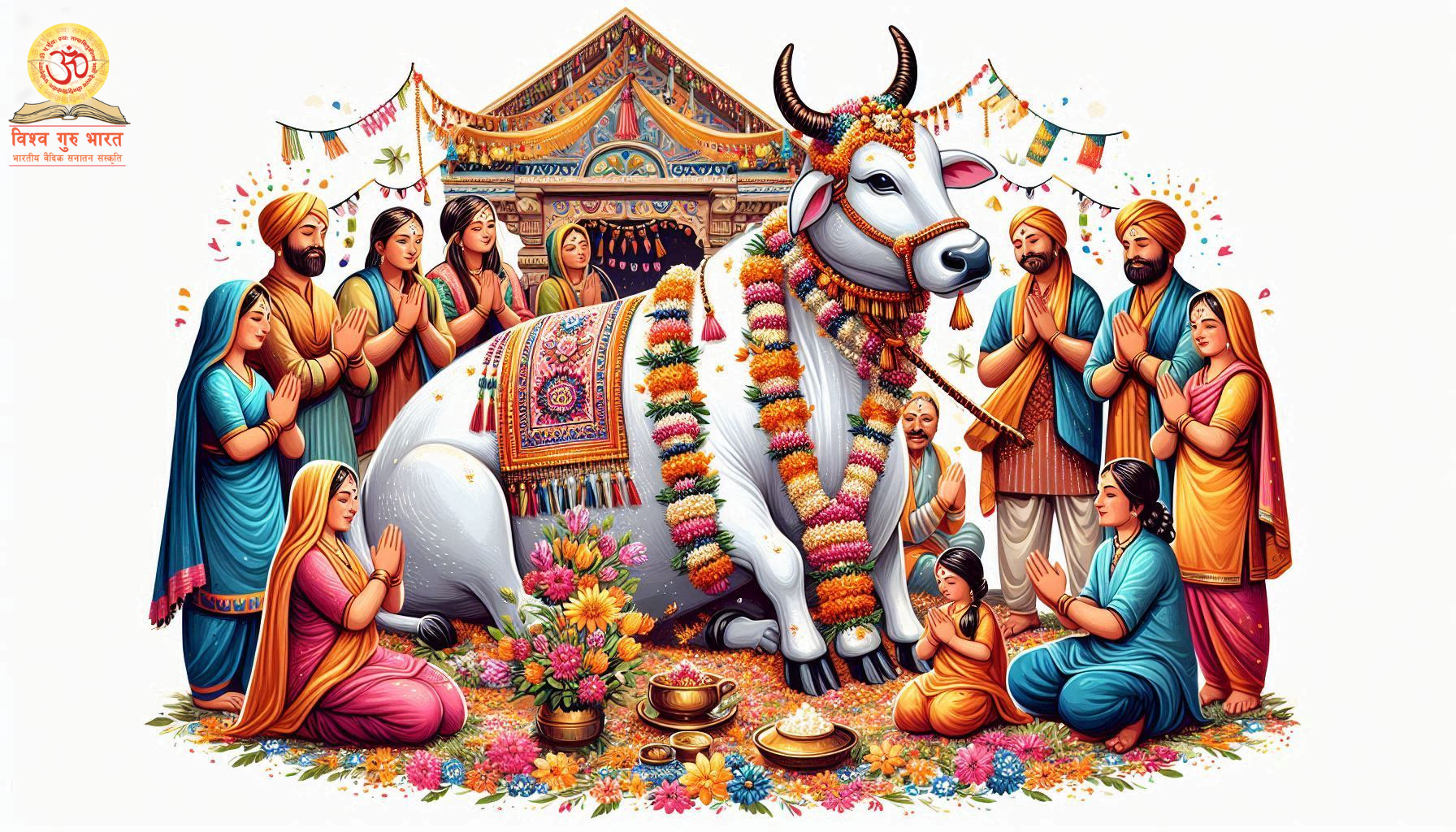
- Symbol of Abundance and Prosperity: Gau Mata is a symbol for abundance, generosity, and the sustenance of life. The cow, which symbolises prosperity and well-being, supports livelihoods through her byproducts and gives food through her milk, much like a mother nurtures her family.
- Social Harmony Weavers: Social cohesiveness and solidarity are fostered by the reverence and care for cows, which transcends denominational barriers. Gopashtami and other festivals honouring and worshipping cows bring communities together and reinforce shared cultural values and social ties.
- Legacy of Compassion: Compassion and respect for all living things are inspired by the cow's kind and generous nature. Taking care of cows fosters empathy, compassion, and nonviolence, which makes society more harmonious.
- Cultural Heritage: Indian culture is a complex tapestry that includes the cow. The cow is a significant figure in many cultural contexts, including music, art, folklore, and ancient scriptures. This indicates the cow's deep relevance in forming cultural identity and traditions.
- Intergenerational Connection: Generation after generation has carried on the custom of honouring and taking care of cows, which preserves ancestors' knowledge and fortifies family ties. By maintaining the continuity of values and customs, this cultural legacy serves as a link between the past, present, and future.
6. Environmental Benefits: Preserving our Natural Heritage
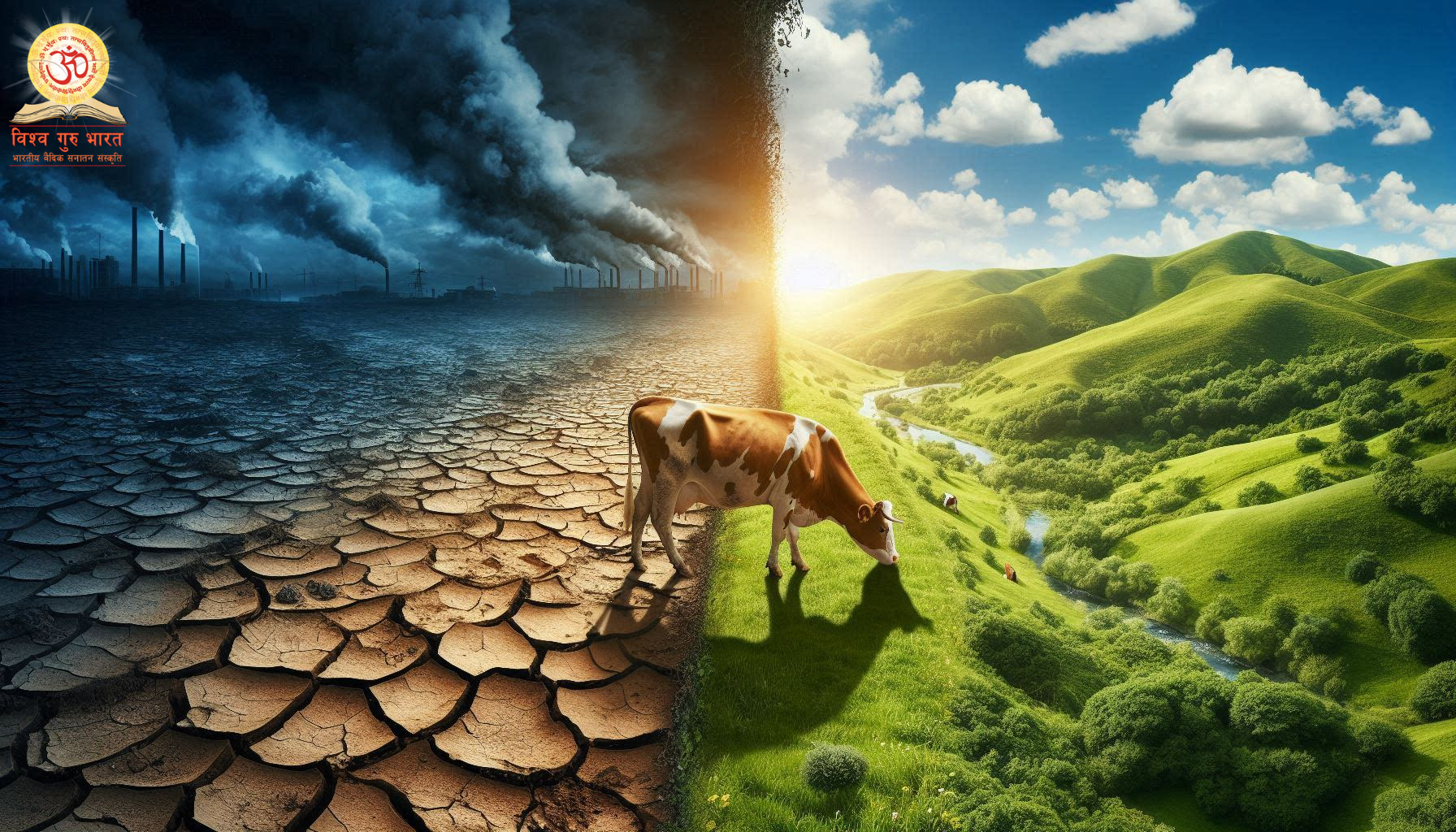
- Soil Regeneration: The use of cow dung in agriculture revitalizes and enriches the soil, improving its structure, water retention capacity, and microbial activity. This promotes long-term soil fertility, prevents erosion, and ensures sustainable food production for generations to come.
- Pollution Reduction: Cow-based products provide eco-friendly alternatives to chemical fertilizers and pesticides, reducing environmental pollution and promoting a healthier planet. Biogas, a clean and renewable energy source derived from cow dung, further minimizes reliance on fossil fuels and mitigates air pollution.
- Water Conservation: Organic farming practices that incorporate cow dung and urine as fertilizers enhance soil's water retention capacity, reducing the need for excessive irrigation and promoting water conservation efforts.
- Biodiversity Protection: Preserving indigenous Indian cow breeds is crucial for maintaining biodiversity. These breeds are adapted to local climates and grazing conditions, playing a vital role in maintaining the ecological balance of their environments.
- Sustainable Lifestyle: Embracing a cow-centric lifestyle promotes sustainable practices. From using cow dung as fuel and fertilizer to opting for A2 milk and embracing natural remedies derived from cow products, this approach minimizes ecological impact and fosters harmony with nature.
7. Vedic Rituals and Practices: Sacred Connections and Spiritual Growth

- Yajnas - Purifying the Cosmos: Ghee, a clarified butter derived from cow's milk, plays a central role in Vedic rituals known as Yajnas. Offered as an oblation into the sacred fire, ghee is believed to purify the atmosphere, invoke divine blessings, and restore cosmic balance.
- Gau Seva - The Path of Service: Serving and caring for Gau Mata is considered a highly meritorious act in Hinduism, akin to serving God. This selfless service, known as Gau Seva, is believed to purify the heart, remove negative karma, and pave the path towards spiritual enlightenment.
- Symbolism in Rituals: The cow's presence in various rituals signifies auspiciousness, purity, and abundance. From the use of cow dung to purify sacred spaces to the offering of milk during worship, Gau Mata's importance is deeply intertwined with spiritual practices and beliefs.
- Spiritual Evolution: Caring for cows and recognizing their sacredness cultivates qualities of compassion, gratitude, and non-violence, leading to spiritual growth and self-realization. The cow, in this context, serves as a reminder of the interconnectedness of all beings and the importance of living in harmony with nature.
- Ancient Wisdom for Modern Times: The Vedic reverence for the cow offers valuable lessons for contemporary society. By recognizing the cow's multifaceted benefits, we can adopt sustainable practices, promote ecological balance, and rediscover a path toward spiritual well-being.
Gau Mata's significance in the Vedic tradition extends far beyond her physical attributes. She embodies a profound connection to the divine, the environment, and human society. By recognizing and honoring her multifaceted benefits, we embark on a journey towards spiritual growth, ecological sustainability, and a more compassionate and harmonious world.

